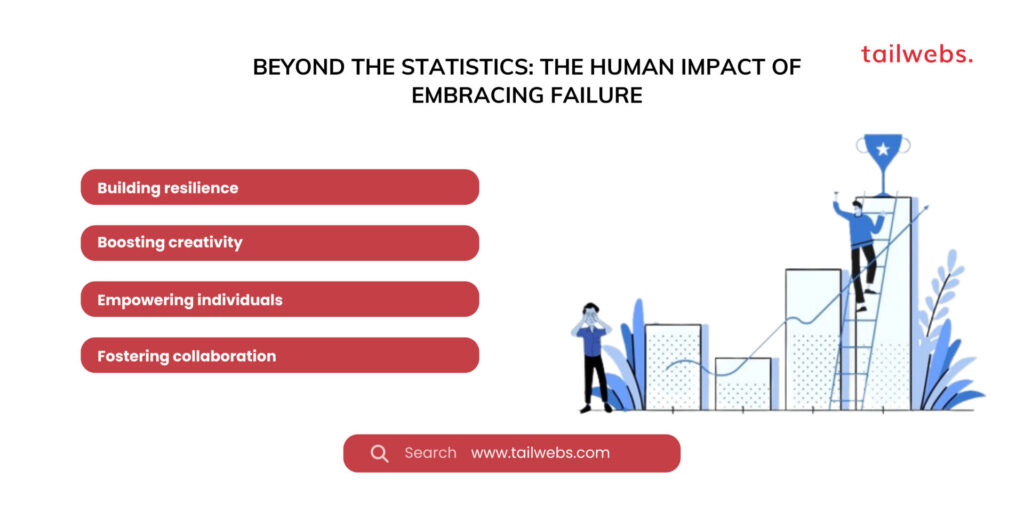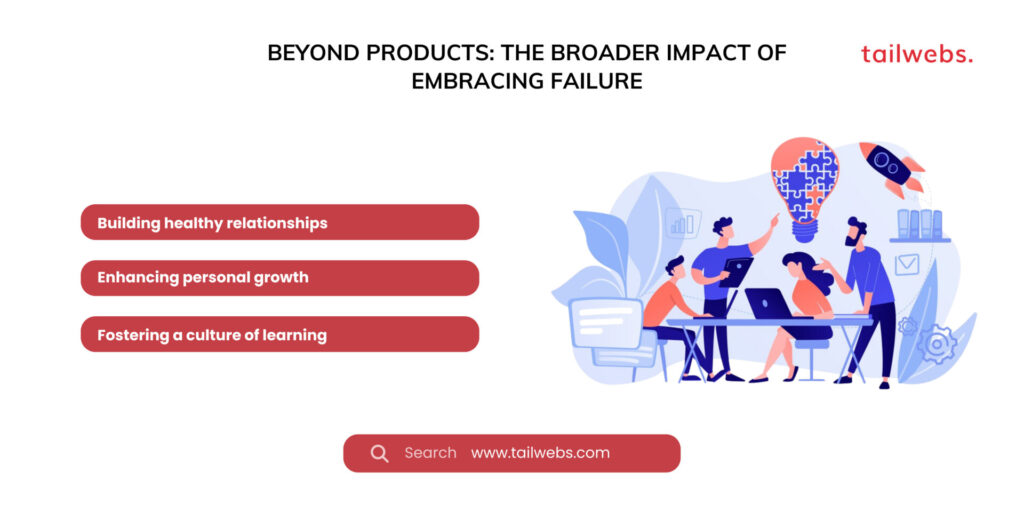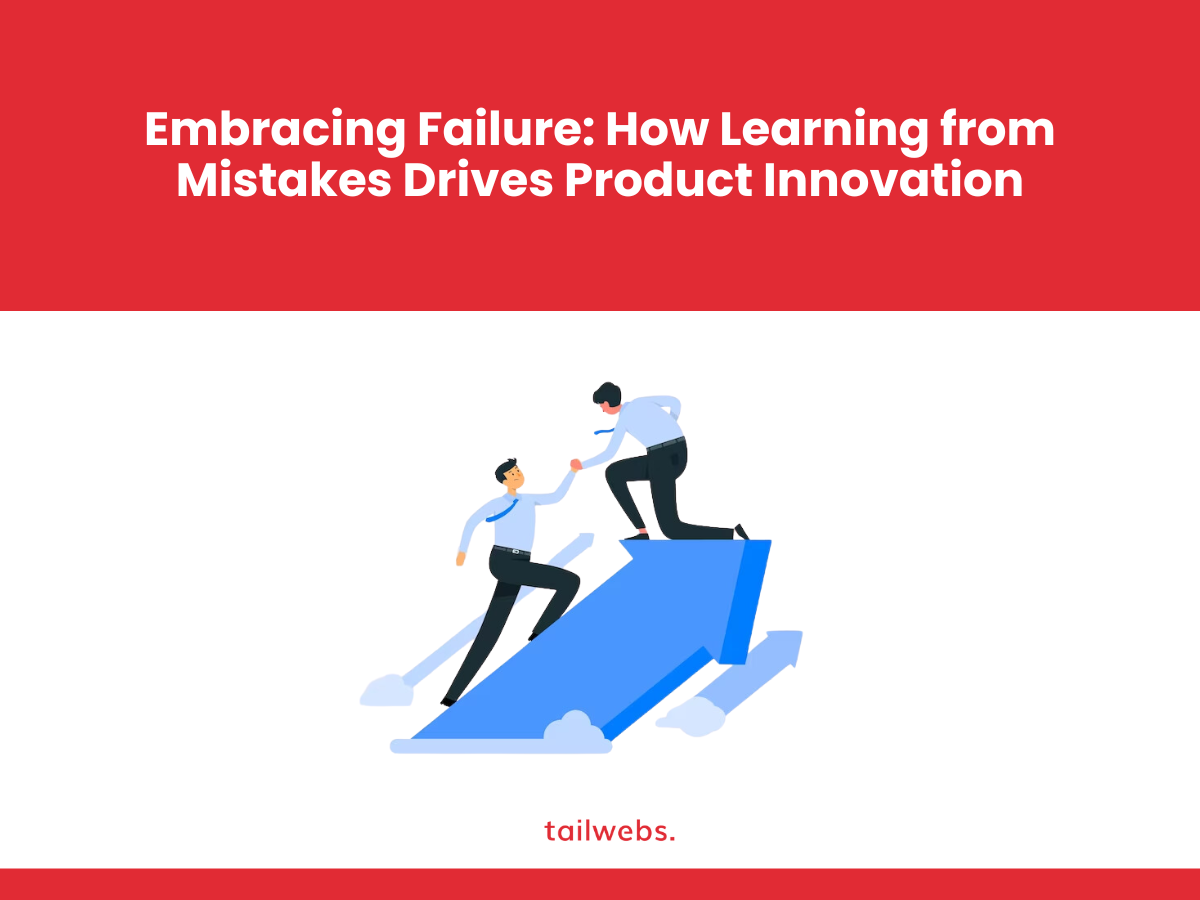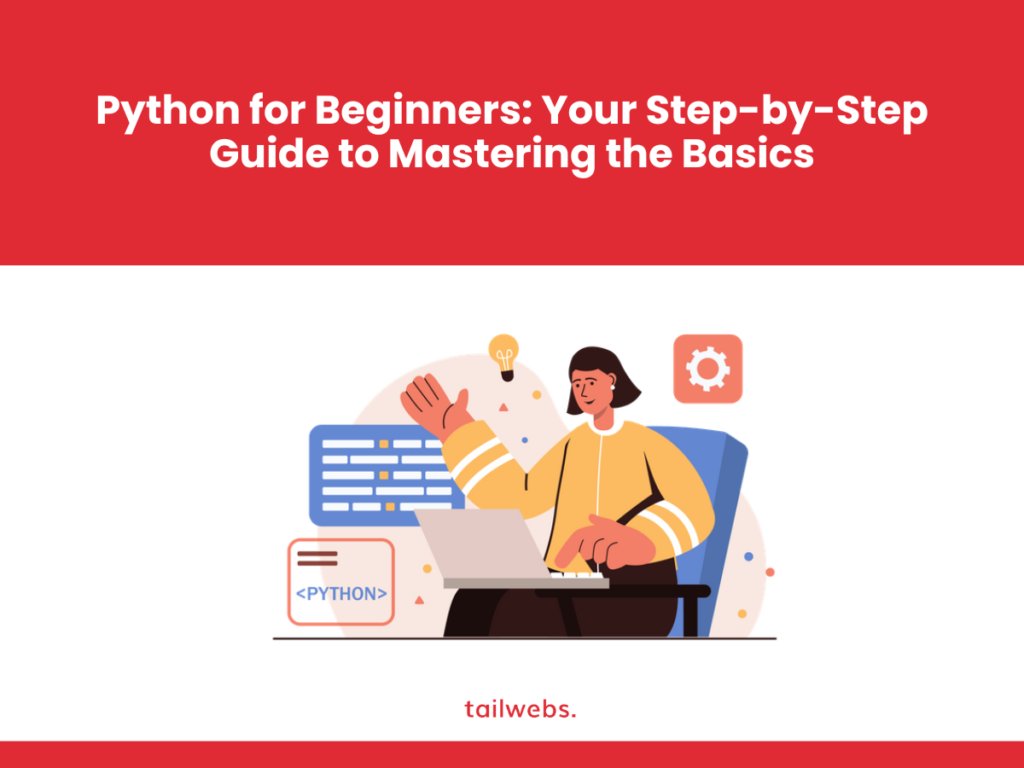In the breakneck world of product development, where success stories are often glorified and missteps swept under the rug, it’s easy to fall into the trap of fearing failure. But what if I told you that embracing failure, and the lessons learned from it, is actually the key to unlocking groundbreaking product innovation?
Think of it like this: innovation thrives in the fertile ground of experimentation. And experimentation, by its very nature, involves taking risks, venturing into uncharted territory, and yes, sometimes stumbling and falling. But it’s precisely these stumbles, these moments of “failure,” that hold the richest soil for growth.
The Numbers Don’t Lie: The Power of Learning from Mistakes
90% of startups fail within the first 5 years. Does that mean 90% of startup ideas were bad? Absolutely not! It simply means that the path to success is rarely linear, and often paved with detours and dead ends. Those who learn from these detours, who pivot and adapt based on their “failures,” are the ones who ultimately reach the mountaintop.
Post-mortem analyses of failed projects reveal invaluable insights. A study by McKinsey & Company found that companies that actively learn from their failures outperform their competitors by 20%. By dissecting the root causes of missteps, companies can identify blind spots, refine their processes, and ultimately create products that better meet the needs of their customers.
Embracing a culture of learning fosters innovation. Google’s famous “20% time” policy, which allows employees to spend 20% of their work time on personal projects, has led to some of the company’s most groundbreaking innovations, like Gmail and Google Maps. This policy thrives on the understanding that not all experiments will be successful, but the freedom to experiment itself ignites creativity and leads to unexpected breakthroughs.
From Stumble to Success: Real-World Examples of Innovation Through Failure
The history of innovation is littered with stories of products that initially flopped, only to be reborn into wildly successful ventures after learning from their mistakes. Here are a few inspiring examples:
The Sony Walkman: The first Walkman was bulky, had poor battery life, and was prone to skipping. But, Sony embraced user feedback, made improvements, and eventually created the iconic device that revolutionised personal music listening.
Post-it Notes:
Arthur Fry, a 3M scientist, accidentally created a weak adhesive while working on a new type of bookmark. Instead of discarding the mistake, he saw its potential and developed the now ubiquitous Post-it note, a product that generates millions in revenue for 3M every year.
Airbnb:
The founders of Airbnb initially struggled to gain traction, even resorting to selling cereal boxes to make ends meet. They pivoted their focus, streamlined their platform, and eventually turned their “failure” into a multi-billion dollar hospitality empire.
Building a Culture of Learning: How to Embrace Failure for Product Innovation
So, how can you create a culture within your organisation that embraces failure as a stepping stone to innovation? Here are a few key strategies:
Normalise experimentation and risk-taking. Encourage employees to try new things, even if they seem outlandish. Celebrate the successes, but also openly discuss the failures and the lessons learned.
Create a safe space for feedback. Foster an environment where employees feel comfortable sharing their ideas, concerns, and even mistakes without fear of judgement or reprisal.
Focus on learning, not blame. When things go wrong, shift the focus from assigning blame to identifying the root cause and understanding what can be done differently next time.
Invest in post-mortem analyses. Dedicate time and resources to analysing failed projects, extracting valuable insights, and incorporating those learnings into future endeavours.
Reward curiosity and continuous improvement. Recognize and celebrate employees who are constantly learning, adapting, and seeking ways to improve products and processes.
Remember, failure is not the opposite of success; it’s a part of it. By embracing failure as a learning opportunity and building a culture that encourages experimentation and risk-taking, you can unlock the true potential for innovation within your organisation. So go forth, experiment, stumble, learn, and watch your products soar to new heights!
Beyond the Statistics: The Human Impact of Embracing Failure
While data and statistics paint a compelling picture of the power of learning from mistakes, the true magic of embracing failure lies in its impact on the human spirit. Here’s how:
Building resilience:
Stepping outside your comfort zone and accepting the possibility of failure fosters resilience, a crucial trait for navigating the inevitable challenges of the innovation process. Every stumble, every detour, becomes an opportunity to learn, adapt, and bounce back stronger.
Boosting creativity:
The fear of failure often stifles creativity, leading to safe, predictable solutions. But when failure is seen as a learning opportunity, it opens the door to bold experimentation and unconventional thinking. It encourages asking “what if” and venturing into uncharted territory, leading to truly groundbreaking ideas.
Empowering individuals:
A culture that embraces failure empowers individuals to take ownership of their work and make decisions without fear of reprimand. This sense of autonomy fosters a sense of purpose and responsibility, leading to more engaged and motivated employees.
Fostering collaboration:
When failure is seen as a shared experience rather than a personal stigma, it encourages collaboration and open communication. Teams become more willing to share ideas, learn from each other’s mistakes, and support each other through challenges. This collaborative spirit is the bedrock of successful innovation.

Beyond Products: The Broader Impact of Embracing Failure
The lessons learned from embracing failure in product development extend far beyond the business world, impacting our personal lives and relationships in profound ways. Here are some examples:
Building healthy relationships:
Just like in product development, relationships thrive on open communication, understanding, and the ability to learn from mistakes. When we embrace our own failures and the failures of others, we foster empathy, forgiveness, and a willingness to grow together.
Enhancing personal growth:
Stepping outside your comfort zone and embracing the possibility of failure is essential for personal growth. It pushes you to learn new skills, overcome challenges, and discover your true potential. Every stumble becomes a stepping stone on your journey to becoming the best version of yourself.
Fostering a culture of learning:
When we embrace failure in our personal lives, we set an example for those around us. We create a culture of learning, where mistakes are seen as opportunities to grow and improve, not as shameful setbacks. This can have a ripple effect, impacting families, communities, and even entire societies.

Conclusion: Embracing Failure – A Journey of Transformation
Embracing failure is not about glorifying mistakes or excusing poor performance. It’s about recognizing that failure is an inevitable part of the journey, a teacher, a guidepost, and ultimately, a catalyst for growth. It’s about shifting our mindset from “avoiding failure” to “learning from failure.”
This shift in perspective has the power to transform not just our products and businesses, but also ourselves and the world around us. By embracing failure, we unlock our true potential, foster creativity and innovation, and build a more resilient, adaptable, and ultimately, more successful future.
So, the next time you face a setback, remember: it’s not the end, it’s a new beginning. Embrace the stumble, learn from it, and rise again, stronger and more innovative than ever before.





